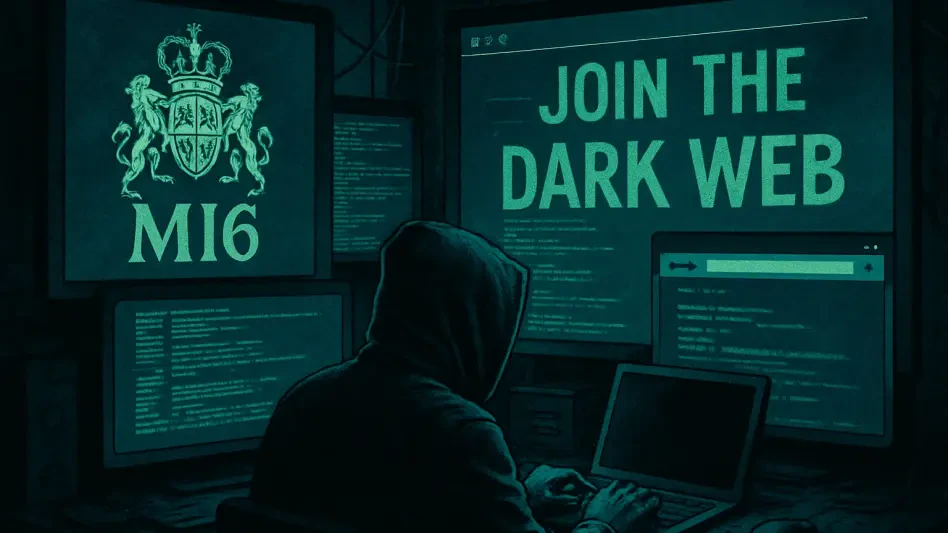In a world where espionage increasingly unfolds in the shadows of cyberspace, the United Kingdom’s Secret Intelligence Service, better known as MI6, has taken a bold step into the digital frontier to bolster its intelligence-gathering capabilities. With global threats evolving at a rapid pace, the agency has unveiled a groundbreaking dark web portal designed specifically to recruit potential spies, particularly targeting individuals from Russia. This innovative approach not only highlights the changing landscape of covert operations but also underscores the urgent need for secure, anonymous communication channels in high-stakes environments. By leveraging the hidden corners of the internet, MI6 aims to connect with informants who possess critical knowledge about terrorism or hostile intelligence activities, offering them a safe way to share sensitive information without fear of exposure. This development marks a significant shift in how traditional espionage adapts to modern challenges, setting the stage for a new era of digital recruitment.
Unveiling a Secure Digital Gateway
The dark web portal, codenamed “Silent Courier,” represents a pioneering effort by MI6 to expand its reach into regions where direct contact with potential informants poses significant risks. Launched with the goal of enhancing national security, this platform provides a fortified messaging system that prioritizes anonymity for users willing to share vital intelligence. Detailed instructions for secure access are made publicly available through verified online channels, ensuring that even those unfamiliar with such technology can navigate the process safely. MI6 advises the use of trusted VPNs and devices not tied to personal identities to further protect users from detection. This meticulous attention to security not only safeguards potential spies but also broadens the agency’s ability to gather information from high-risk areas without the need for physical interactions. By embracing this digital tool, MI6 demonstrates a clear intent to stay ahead of adversaries who exploit similar technologies for harmful purposes, redefining the boundaries of covert communication.
Adapting Espionage to the Digital Age
The introduction of “Silent Courier” reflects a broader trend in modern espionage, where intelligence agencies worldwide are increasingly turning to technology to outmaneuver their opponents. This initiative, publicly acknowledged by MI6 leadership during a significant address in Istanbul, aligns with similar efforts by other global players, such as the CIA’s use of social media for recruitment in recent years. The UK Foreign Office has emphasized the importance of adopting cutting-edge tools to counter emerging threats, positioning the nation as a frontrunner in innovative intelligence practices. This digital pivot highlights a consensus among security experts that traditional methods of spy recruitment must evolve to keep pace with a rapidly changing global landscape. By integrating secure online platforms into their operations, agencies like MI6 can tap into a wider pool of informants while minimizing risks to both parties. This strategic adaptation underscores the critical role technology now plays in maintaining a competitive edge in international security dynamics.
Navigating Future Challenges in Intelligence
Looking back, MI6’s deployment of the “Silent Courier” portal marked a pivotal moment in the fusion of technology and espionage, particularly in targeting Russian informants to strengthen national defenses. This strategic move addressed the multiplying threats of the era by providing a secure conduit for critical information exchange. As global adversaries continue to exploit digital spaces, the challenge remains for intelligence agencies to refine and expand such platforms while ensuring the utmost protection for sources. Future efforts might focus on enhancing encryption methods or developing even more discreet access points to stay ahead of countermeasures. Additionally, international collaboration could play a key role in standardizing secure communication protocols across allied nations. The success of this initiative serves as a blueprint for how technology can reshape covert operations, urging continuous innovation to tackle unforeseen risks. This digital evolution in espionage paved the way for safer, more effective intelligence gathering in an increasingly complex world.








